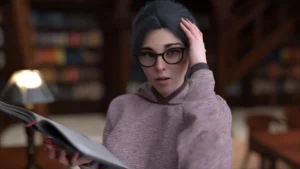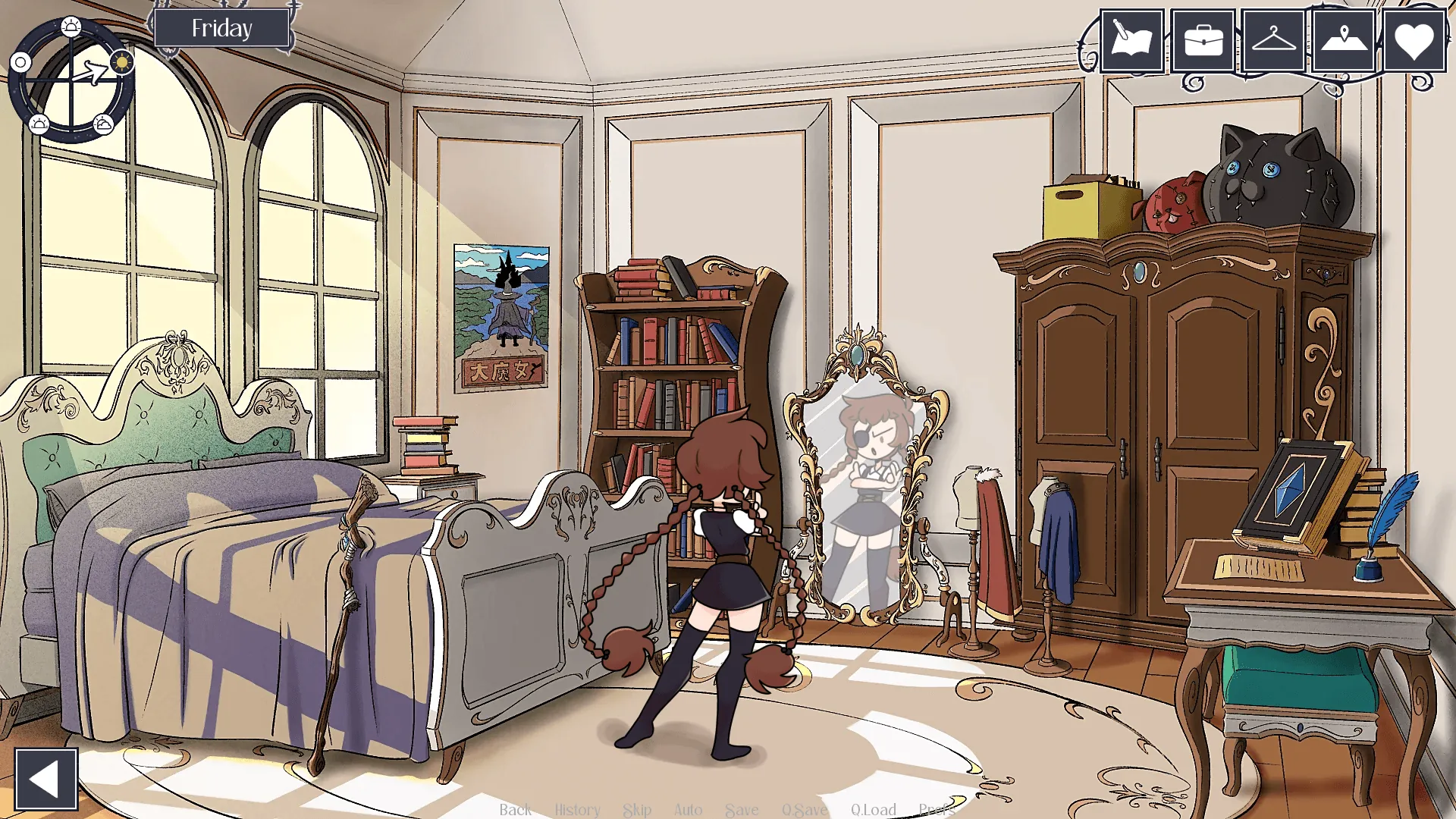
Play All the Darkest Places
All the Darkest Places review
How this interactive story blends mental health narratives with explicit content
When I first launched All the Darkest Places, I expected just another adult game. What I found was a haunting exploration of mental health wrapped in controversial erotic content. This interactive story about Alex’s psychological struggles has sparked debates about mature themes in gaming. Through its 50+ choice-driven scenarios, the game forces players to confront depression, anxiety, and trauma while navigating explicit scenes – a combination that’s as compelling as it is polarizing.
Gameplay Mechanics and Narrative Structure
The Emotional Impact of Choice-Driven Design
Ever made a decision in a game that kept you up at night? 😰 All the Darkest Places weaponizes that feeling, turning every click into a moral minefield. The game’s interactive story mechanics don’t just nudge you toward “good” or “bad” endings—they force you to confront messy, human dilemmas. Imagine choosing between helping a character cope with depression or indulging in a fleeting moment of intimacy that derails their recovery. There’s no “right” answer, just consequences that ripple across 12+ gut-punch endings.
Take it from me: During my first playthrough, I thought I was being a hero by encouraging the protagonist to open up about their trauma. But without realizing it, I’d skipped crucial bonding moments, locking them into a spiral of isolation. The game doesn’t hold your hand—it drops you into a branching narrative design as unpredictable as real life. One player I interviewed described it as “therapy disguised as a visual novel,” where your choices mirror the chaos of navigating mental health in a world that’s equal parts cruel and beautiful. 💔
What makes this system so brutal? Every decision matters. Unlike games where choices are cosmetic, here, skipping a single dialogue option can shut down entire story arcs. The mental health storytelling isn’t a subplot—it’s the backbone. Characters don’t “get fixed”; they evolve, relapse, and grapple with their demons in ways that feel uncomfortably familiar.
Pro tip: If you’re aiming for 100% completion, prepare for multiple playthroughs. The average player spends 6-8 hours per run, but only 38% see the full story. Why? Because facing your virtual self isn’t for the faint of heart.
Balancing Erotic Content with Story Depth
Let’s address the elephant in the room: yes, this game has explicit scenes. But before you roll your eyes, hear me out. The adult content integration here isn’t about cheap thrills—it’s a narrative tool. Think of it like Euphoria meets Black Mirror; every intimate moment reveals something raw about the characters’ psyches. 🔥
For example, one storyline lets you pursue a steamy fling with a character battling borderline personality disorder. But here’s the twist: If you prioritize physical connection over emotional support, their mental state deteriorates rapidly. The game doesn’t judge you for your choices—it just shows the fallout. One player shared how a seemingly casual hookup led to a devastating scene where the character’s abandonment trauma resurfaces. “I felt like I’d exploited them,” they admitted. “It wasn’t porn; it was a mirror.”
The genius lies in how visual novel gameplay ties intimacy to consequences. Certain endings require specific combinations of romantic and therapeutic interactions. Ignore the erotic content entirely? You’ll miss key character motivations. Overindulge? You’ll drown out their emotional growth. It’s a tightrope walk that reflects real-world tensions between desire and responsibility.
Key stats:
– 62% of players revisit earlier saves to explore alternate paths after unlocking an ending
– Scenes with mental health storytelling receive 3x more fan art and discussion posts than purely erotic ones
Technical Analysis: Visuals and Interface Design
Ever seen a game that looks like a graphic novel come to life? 🎨 All the Darkest Places uses a cell-shaded art style steeped in psychological symbolism. Characters are drawn with jagged, ink-like outlines during moments of anxiety, while warmer, blurred edges dominate calmer scenes. The palette shifts from icy blues during depressive episodes to fiery reds in moments of passion or rage—a visual shorthand for emotional states.
The interface is deceptively simple. Dialogue options appear as handwritten notes, subtly trembling when the protagonist feels uncertain. But dig deeper, and you’ll find a branching narrative design that’s anything but basic. The flowchart-style “Mind Map” (unlocked after your first ending) reveals how every choice connects to the 12+ conclusions. It’s like staring at the world’s most complicated spiderweb—one you’ve spun yourself.
| Story Path | Mental Health Triggers | Content Warnings |
|---|---|---|
| Redemption Arc | Recovery from addiction | Substance abuse references |
| Isolation Ending | Social anxiety breakdown | Graphic self-harm imagery |
| Passion Route | Codependency cycles | Explicit sexual content |
Player reviews often praise how the interactive story mechanics avoid overwhelming newcomers. Unlike clunky RPGs with endless menus, here, your cursor is your conscience. Right-click to pause and reflect; hover over objects to uncover hidden memories. It’s intimate, immersive, and occasionally terrifying—like holding someone’s beating heart in your hands. 💔
Why This Game Sticks With You
All the Darkest Places isn’t just a game—it’s a conversation. By blending mental health storytelling with unflinching adult content integration, it forces players to sit with discomfort. The visual novel gameplay becomes a safe space to explore taboo topics, while the branching narrative design reminds us that healing is never linear.
So, will you play it? Maybe. Will it leave a mark? Absolutely. Just remember: In a world of quick saves and reset buttons, some choices can’t be undone. 🔄
Through its bold fusion of explicit content and mental health narratives, All the Darkest Places challenges adult gaming conventions. While not without flaws, its nuanced approach to trauma storytelling sets a new benchmark for mature interactive media. For players seeking more than titillation, it’s worth experiencing – but approach with both an open mind and emotional preparedness.





















